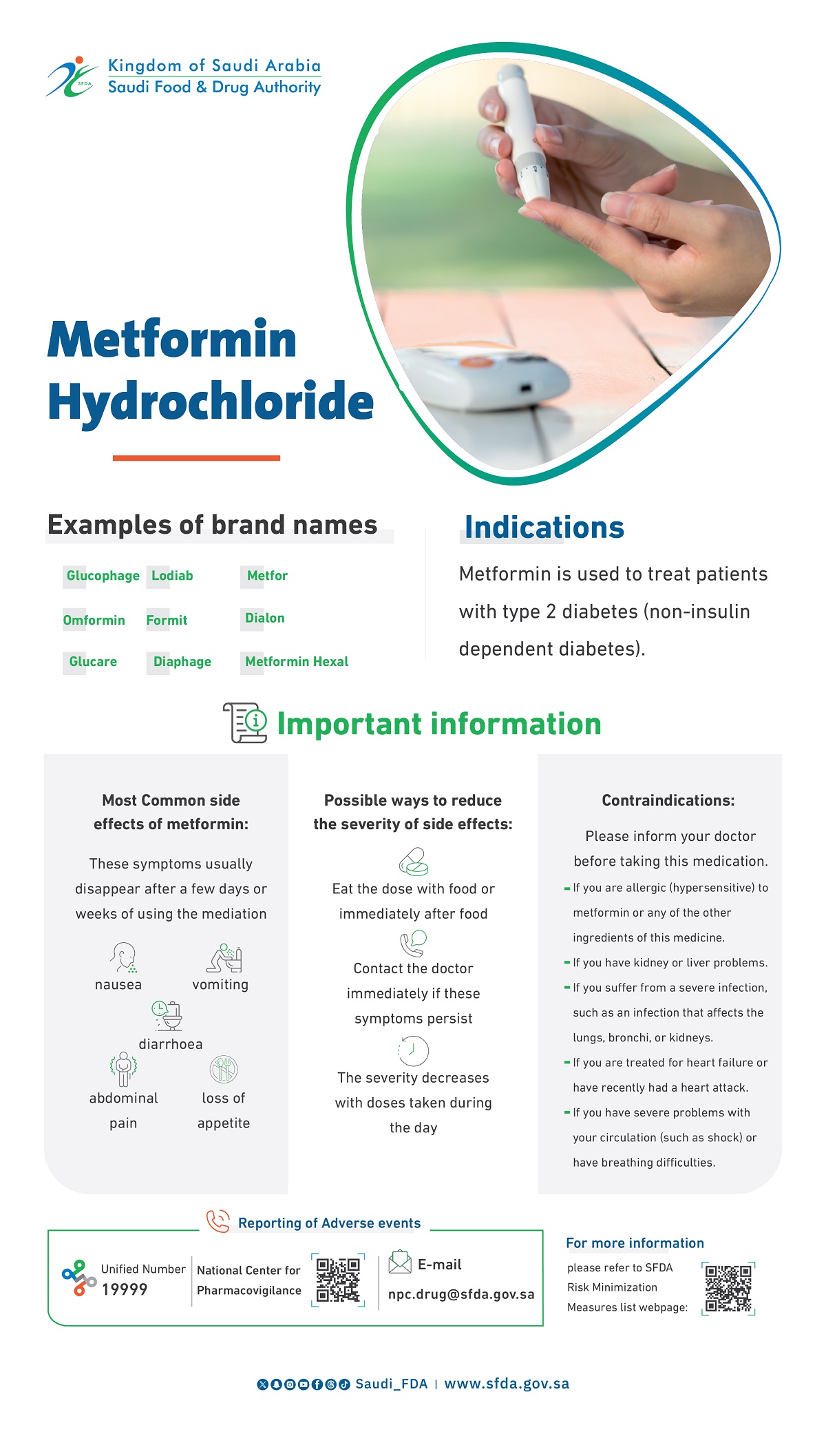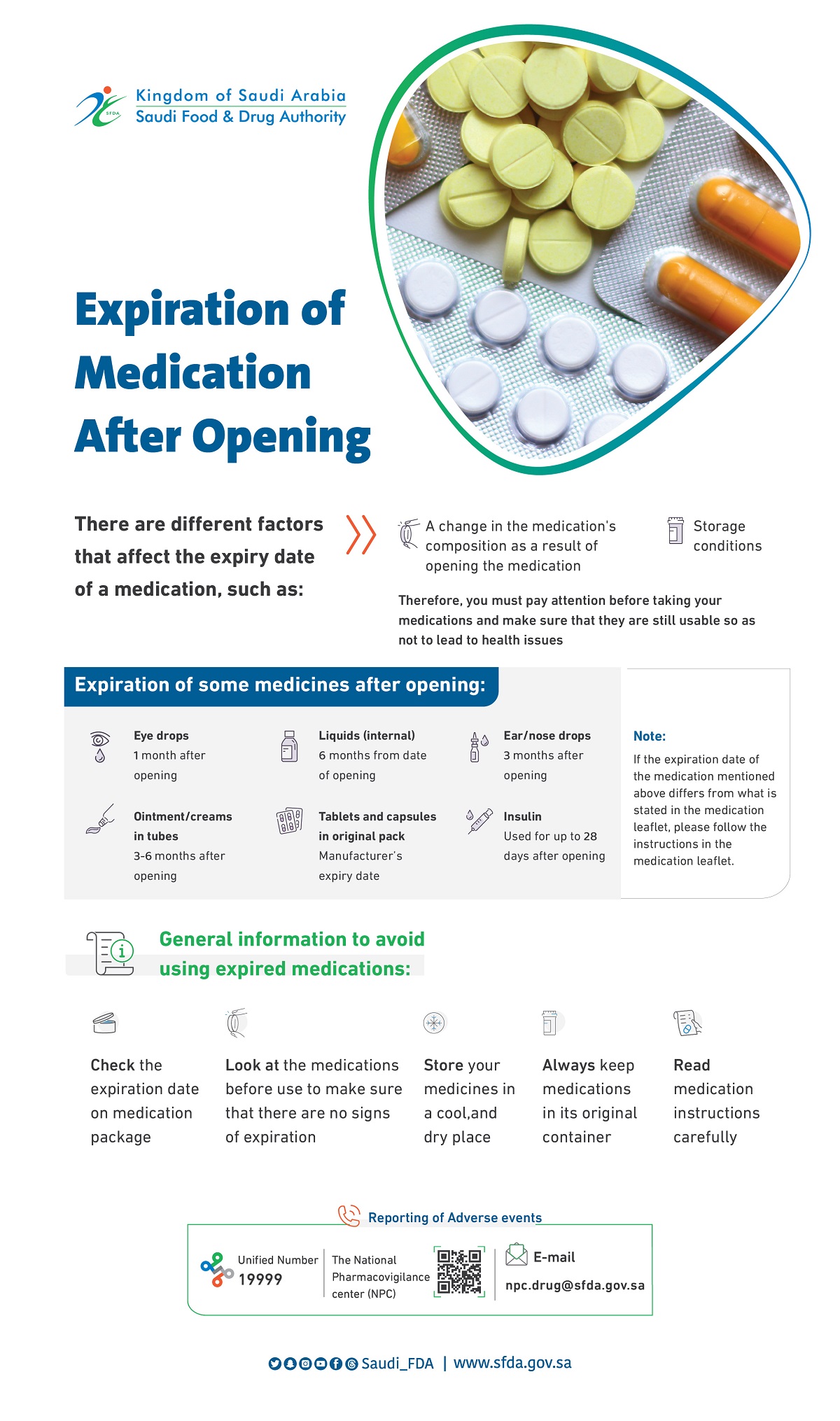

-
About SFDA
About SFDA
SFDA in vision 2030
Authority Strategy
Career and Life
- Information Lists
-
Areas
- Consumer Corner
- Media Centre
- Eservices
Effect of Glucosamine Sulfate on Risk of Hip Osteoarthritis
Effect of Glucosamine Sulfate on Risk of Hip Osteoarthritis
Effect of Glucosamine Sulfate on Risk of Hip Osteoarthritis
2008-03-19
The effectiveness of glucosamine sulfate as a symptom and disease modifier for osteoarthritis is still under debate.
The objective of this study was to assess whether glucosamine sulfate has an effect on the symptoms and structural progression of hip osteoarthritis during the 2 years period of treatment.
The Study was designed to be a randomized, controlled trial that included 222 patients with hip osteoarthritis who were recruited by their general practitioner. Patients were eligible if they met the American College of Rheumatology clinical criteria for hip osteoarthritis.
In a duration of 2 years, patients received either 1500 mg of oral glucosamine sulfate or placebo once daily.
Primary outcome measures were Western Ontario and McMaster Universities (WOMAC) pain and function subscales over 24 months and joint space narrowing after 24 months. The main secondary outcome measures were WOMAC pain, function, and stiffness after 3, 12, and 24 months.
At baseline, both groups were similar in demographic and clinical variables. Overall, WOMAC pain did not differ (mean difference [glucosamine sulfate minus placebo], _1.54 [95% CI, _5.43 to 2.36]), nor did WOMAC function (mean difference, _2.01 [CI, _5.38 to 1.36]). Joint space narrowing also did not differ after 24 months (mean difference, _0.029 [CI, _0.122 to 0.064]). Only one of the sensitivity analyses, based on extreme assumptions regarding missing assessments due to total hip replacement, provided results consistent with a glucosamine effect.
The limitations of the study were that Twenty patients had total hip replacement during the trial. Half of the patients had a Kellgren and Lawrence score of 1.
Glucosamine sulfate was no better than placebo in reducing symptoms and progression of hip osteoarthritis.
Reference: Ann Intern Med. 2008; 148:268-277




